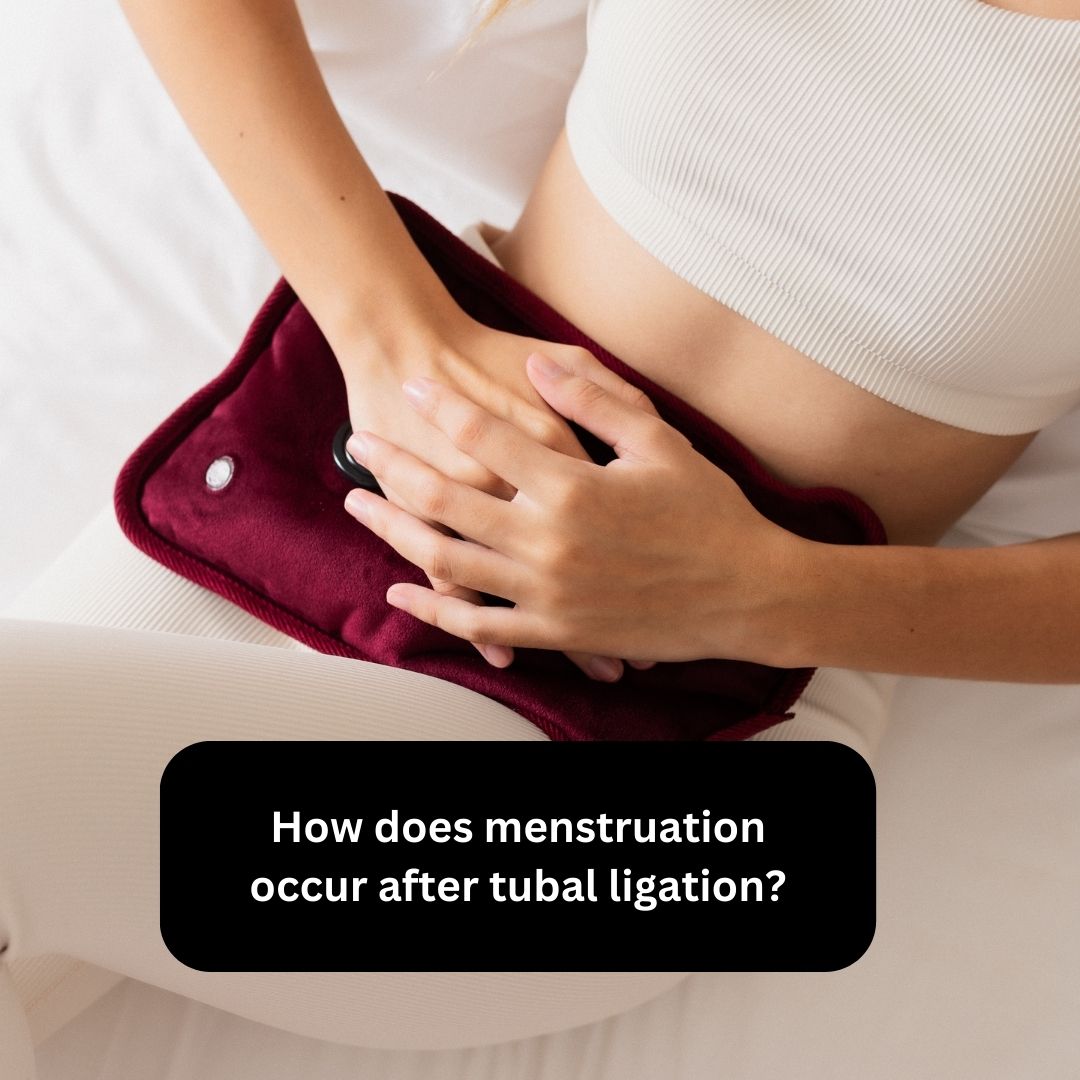How does menstruation occur after tubal ligation?

How does menstruation occur after tubal ligation? A Tubal ligation is a popular form of permanent birth control among women. The procedure involves closing or blocking the fallopian tubes, preventing the eggs from reaching the uterus, and effectively rendering a woman sterile. However, many women wonder how tubal ligation will affect their menstrual cycle. In this article, we will explore the relationship between tubal ligation and menstruation.
Explanation of Tubal Ligation
Tubal ligation is a surgical procedure that permanently closes or blocks a woman’s fallopian tubes, which are the tubes that carry eggs from the ovaries to the uterus. The procedure is usually done by laparoscopy, which involves making small incisions in the abdomen and using a camera and instruments to access and close the tubes.
Common Misconceptions about Menstruation after Tubal Ligation
There are many misconceptions about how tubal ligation affects menstruation. Some women believe that the procedure will stop their periods altogether, while others think that it will cause heavy bleeding or irregular cycles. However, in most cases, tubal ligation does not have a significant impact on menstrual cycles.
Understanding the Menstrual Cycle
Before we can explore how tubal ligation affects menstruation, it is essential to understand the menstrual cycle itself.
What is the Menstrual Cycle?
The menstrual cycle is a monthly process that occurs in the female reproductive system. It involves the release of an egg from the ovary, the thickening of the uterine lining, and the shedding of the lining if the egg is not fertilized.
Phases of the Menstrual Cycle
The menstrual cycle is divided into four phases: the menstrual phase, the follicular phase, ovulation, and the luteal phase. The menstrual phase is the first phase and involves the shedding of the uterine lining. The follicular phase is the second phase, during which the body prepares to release an egg. Ovulation is the third phase and involves the release of an egg from the ovary. Finally, the luteal phase is the fourth phase, during which the body prepares for a potential pregnancy.
Hormones Involved in the Menstrual Cycle
The menstrual cycle is regulated by several hormones, including estrogen, progesterone, follicle-stimulating hormone (FSH), and luteinizing hormone (LH). These hormones work together to control the growth and release of the egg, as well as the thickening and shedding of the uterine lining.
How Tubal Ligation Affects the Menstrual Cycle
Tubal ligation does not directly affect the menstrual cycle, as the procedure does not involve the removal of the ovaries or uterus. However, some women may experience changes in their menstrual flow, cramps, or spotting after the procedure.
The Effects of Tubal Ligation on Menstruation
Changes in Menstrual Flow
Some women may experience changes in their menstrual flow after tubal ligation. These changes can include heavier or lighter bleeding, longer or shorter periods, or irregular cycles. However, these changes are usually temporary and should resolve within a few months.
Menstrual Cramps after Tubal Ligation
Some women may also experience more severe menstrual cramps after tubal ligation. These cramps are usually caused by the uterus contracting to expel the menstrual blood. Pain relief options, such as over-the-counter pain relievers, heating pads, or exercise, can help alleviate these symptoms.
One Comment